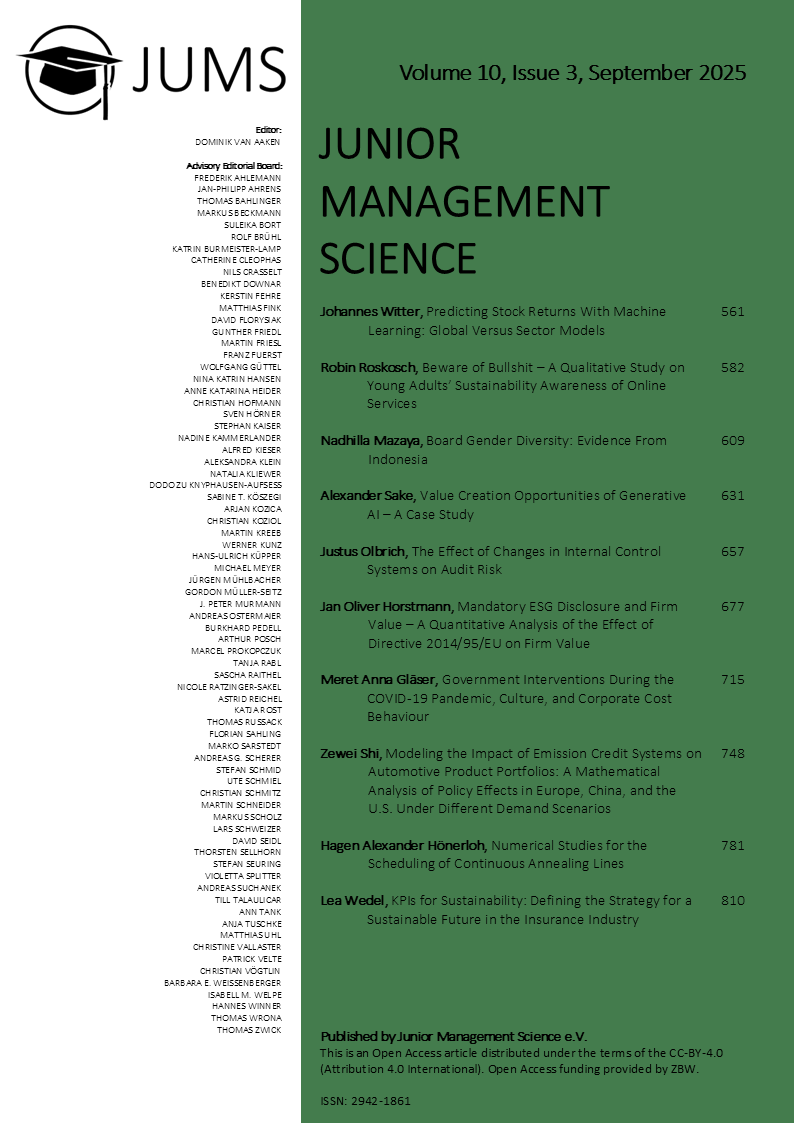Abstract
In the midst of the global climate crisis, governments worldwide have implemented a range of emission policies aimed at encouraging more production of the environmentally friendly vehicle. However, the exact impact of these policies on automakers’ production portfolios and profitability remains uncertain and challenging to anticipate. This paper presents a comprehensive analysis of three major emission regulation policies enacted by the European Union (EU), China, and the United States (U.S.), evaluating their influence on car manufacturers. Leveraging a mathematical model, this paper adopt the perspective of individual manufacturers seeking to maximize revenue, delving into the intricacies of these policies. Furthermore, this article conduct sensitivity and factorial analyses to assess the impact of policy parameters. The findings reveal that all three major emission policies contribute to an increase in the production of low-emission vehicles. However, China’s policy has the least impact on manufacturers’ profits and relies more on market demand to reduce the average carbon fleet emissions compared to the policies in the EU and the U.S. In conclusion, this paper underscores that different policy systems yield varying profit outcomes for manufacturers, necessitating adjustments to production portfolios for sustained profitability and the significance of mathematical models in aiding manufacturers’ understanding of evolving policies and making informed predictions in a dynamic regulatory landscape.
Keywords: automotive production; green transition; international emission policies; regulatory impact; sustainability

Dieses Werk steht unter der Lizenz Creative Commons Namensnennung 4.0 International.
Copyright (c) 2025 Zewei Shi

